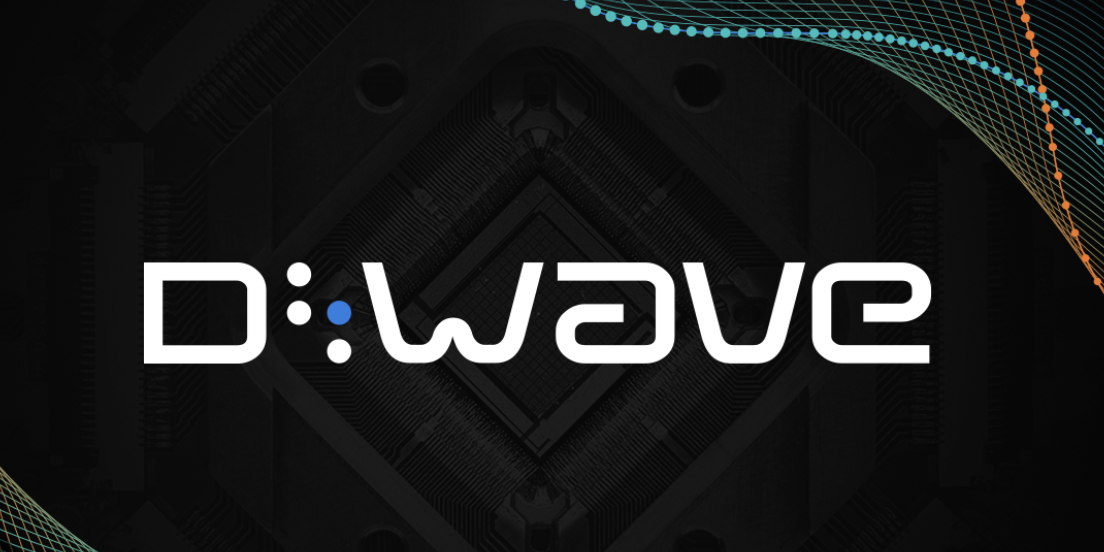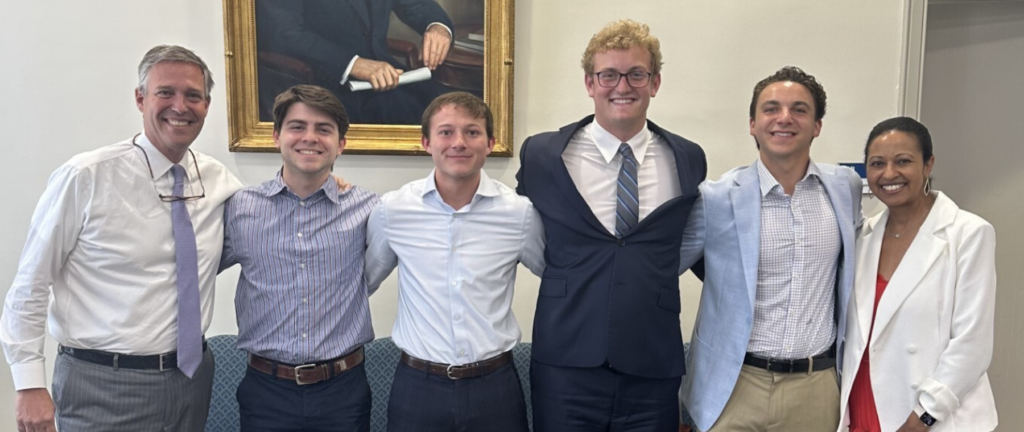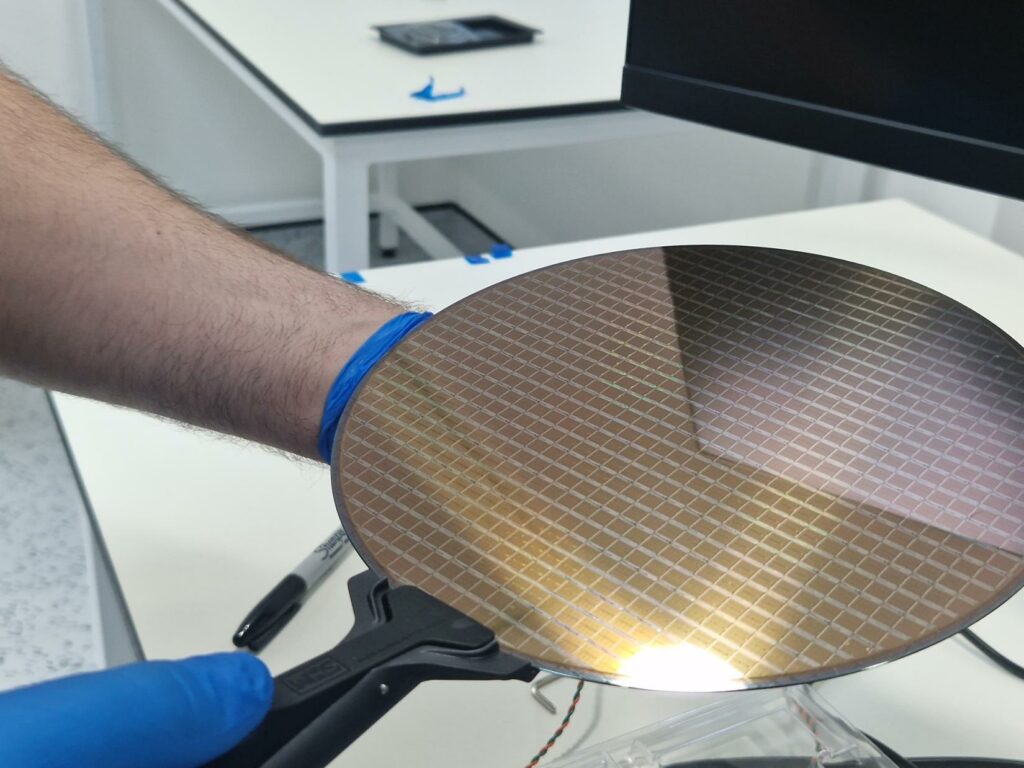Insider Brief
- D-Wave and Boston University scientists show evidence of coherent quantum dynamics being faster than classical dynamics in a programmable 3D spin glass.
- The problem was once thought to be an intractable optimization problem.
- The study shows that D-Wave quantum processor can compute coherent quantum dynamics in large-scale optimization problem, according to the company.
PRESS RELEASE — D-Wave Quantum Inc. (NYSE: QBTS), a leader in quantum computing systems, software, and services—and the only provider building both annealing and gate-model quantum computers, today published a peer-reviewed milestone study of the largest programmable quantum simulation reported to date. The computation, using more than 5,000 qubits in the D-Wave™ Advantage™ quantum computer, shows for the first time evidence of coherent quantum dynamics being faster than classical dynamics in a programmable 3D spin glass, an intractable class of optimization problems.
The paper—a collaboration between scientists from D-Wave and Boston University—entitled “Quantum critical dynamics in a 5,000-qubit programmable spin glass,” was published in the peer-reviewed journal Nature today. Building upon research conducted on up to 2,000 qubits last September, the study shows that the D-Wave quantum processor can compute coherent quantum dynamics in large-scale optimization problems. While there are multiple models of quantum computers currently in development, this result was achieved using D-Wave’s commercial-grade annealing-based quantum computer, which is accessible for customers to use today.
With immediate implications to optimization, the findings show that by passing through quantum phase transition instead of the corresponding thermal phase transition, quantum annealing can improve solution quality faster than annealing-based classical algorithms. The resulting low-energy states correspond to low-cost solutions to an optimization problem, and the observed speedup matches the theory of coherent quantum annealing, supporting the value of large-scale quantum computation and a scaling advantage in energy optimization. Further, it shows a direct connection between coherence and the core computational power of quantum annealing, supporting D-Wave’s efforts on increased coherence to achieve better performance on real-world optimization problems.
“This research marks a significant achievement for quantum technology, as it demonstrates a computational advantage over classical approaches for an intractable class of optimization problems,” said Dr. Alan Baratz, CEO of D-Wave. “For those seeking evidence of quantum annealing’s unrivaled performance, this work offers definitive proof.”

This work supports D-Wave’s ongoing commitment to relentless scientific innovation and product delivery, as the company continues development on its future annealing and gate model quantum computers. To date, D-Wave has brought to market five generations of quantum computers and launched an experimental prototype of its sixth-generation machine, the Advantage2™ system, in June 2022. The full Advantage2 system is expected to feature 7,000+ qubits, 20-way connectivity and higher coherence to solve even larger and more complex problems. Read more about the research in our Medium post here.
Paper’s Authors and Leading Industry Voices Echo Support
“This is an important advance in the study of quantum phase transitions on quantum annealers. It heralds a revolution in experimental many-body physics and bodes well for practical applications of quantum computing,” said Wojciech Zurek, theoretical physicist at Los Alamos National Laboratory and leading authority on quantum theory. Dr. Zurek is widely renowned for his groundbreaking contribution to our understanding of the early universe as well as condensed matter systems through the discovery of the celebrated Kibble-Zurek mechanism. This mechanism underpins the physics behind the experiment reported in this paper. “The same hardware that has already provided useful experimental proving ground for quantum critical dynamics can be also employed to seek low-energy states that assist in finding solutions to optimization problems.”
“Disordered magnets, such as spin glasses, have long functioned as model systems for testing solvers of complex optimization problems,” said Gabriel Aeppli, professor of physics at ETH Zürich and EPF Lausanne, and head of the Photon Science Division of the Paul Scherrer Institut. Professor Aeppli coauthored the first experimental paper demonstrating advantage of quantum annealing over thermal annealing in reaching ground state of disordered magnets. “This paper gives evidence that the quantum dynamics of a dedicated hardware platform are faster than for known classical algorithms to find the preferred, lowest energy state of a spin glass, and so promises to continue to fuel the further development of quantum annealers for dealing with practical problems.”
“As a physicist who has built my career on computer simulations of quantum systems, it has been amazing to experience first-hand the transformative capabilities of quantum annealing devices,” said Anders Sandvik, professor of physics at Boston University and a coauthor of the paper. “This paper already demonstrates complex quantum dynamics on a scale beyond any classical simulation method, and I’m very excited about the expected enhanced performance of future devices. I believe we are now entering an era when quantum annealing becomes an essential tool for research on complex systems.”
“This work marks a major step towards large-scale quantum simulations of complex materials,” said Hidetoshi Nishimori, Professor, Institute of Innovative Research, Tokyo Institute of Technology and one of the original inventors of quantum annealing. “We can now expect novel physical phenomena to be revealed by quantum simulations using quantum annealing, ultimately leading to the design of materials of significant societal value.”
“This represents some of the most important experimental work ever performed in quantum optimization,” said Dr. Andrew King, director of performance research at D-Wave. “We’ve demonstrated a speedup over simulated annealing, in strong agreement with theory, providing high-quality solutions for large-scale problems. This work shows clear evidence of quantum dynamics in optimization, which we believe paves the way for even more complex problem-solving using quantum annealing in the future. The work exhibits a programmable realization of lab experiments that originally motivated quantum annealing 25 years ago.”
“Not only is this the largest demonstration of quantum simulation to date, but it also provides the first experimental evidence, backed by theory, that coherent quantum dynamics can accelerate the attainment of better solutions in quantum annealing,” said Mohammad Amin, fellow, quantum algorithms and systems, at D-Wave. “The observed speedup can be attributed to complex critical dynamics during quantum phase transition, which cannot be replicated by classical annealing algorithms, and the agreement between theory and experiment is remarkable. We believe these findings have significant implications for quantum optimization, with practical applications in addressing real-world problems.”
If you found this article to be informative, you can explore more current quantum news here, exclusives, interviews, and podcasts.




















